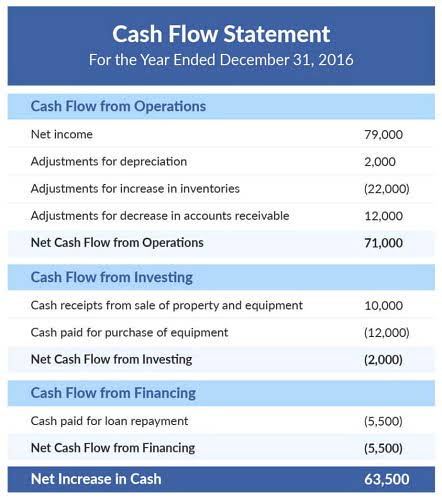
The best way to understand the realization principle is through the following examples. At first glance, a ruling for the plaintiffs in Moore might seem to solve some of the timing problems with the U.S. tax system. Unfortunately, upon greater inspection, such a ruling might create new timing problems.
- All such information is provided solely for convenience purposes only and all users thereof should be guided accordingly.
- Due to vendor delays, the subscription isn’t deployed and activated until April.
- These frameworks ensure that public sector financial statements provide a true and fair view of the entity’s financial position, enabling better accountability and transparency.
- According to the realization principle, revenues are not recognized unless they are realized.
- The critical event for many businesses occurs at the point-of-salethe goods or services sold to the buyer are delivered (the title is transferred)..
Get in Touch With a Financial Advisor

Realization and matching concepts are not the same concept and they are only related to the extent to which revenue is recognized in the profit or loss statement. The matching principle requires that expenses incurred to produce revenue must be deducted from revenue earned in an accounting period to derive net income. The matching principle also requires that estimates be made, based on experience and economic conditions, for the purpose of providing for doubtful accounts. This provision leads to a reduction of gross revenue to net realizable revenue to prevent the overstatement of revenues. On the other hand, if the payment is made after the completion of the project then it is considered receivable throughout the duration. In either case, only the percentage of services that have been completely delivered is realized as revenue every month or year.
- This helps maintain transparency between the business and its stakeholders, such as investors and creditors.
- Learn the difference between them and how each impacts your business’s ability to accurately forecast revenue and measure true earnings.
- The best way to understand the realization principle is through the following examples.
- The Sixteenth Amendment does allow Congress to levy an income tax, but the Moores argue that prior case law shows income must be realized before it’s taxed.
- This method provides a more accurate reflection of a company’s financial health, which is essential for stakeholders making informed decisions.
- The revenue has to be recognized when it is realized, not when an order is received.
What is your risk tolerance?

For instance, a company that follows realization accounting will report income only when it has been received or is assured of being received, aligning tax obligations with actual cash flow. This can be particularly beneficial for businesses with fluctuating revenues, as it prevents the premature taxation of unrealized income. Understanding the distinction between realization and recognition is fundamental for grasping the nuances of financial reporting. While these terms are often used interchangeably, they represent different stages in the accounting process. Realization refers to the actual process of converting non-cash resources what is the realization principle into cash or claims to cash.
Realization Accounting: Principles, Impact, and Applications

Billie Nordmeyer works as a consultant advising small businesses and Fortune 500 companies on performance improvement initiatives, as well as SAP software selection and implementation. During her career, she has published business and technology-based articles and texts. Nordmeyer holds a Bachelor of Science in accounting, a Master of Arts in international management and a Master of Business Administration https://www.instagram.com/bookstime_inc in finance. Realization Principle determines when revenue is real or unreal, while Recognition Principle decides when the real revenue should be recognized in Income Statement. The Realization Principle is a significant financial concept as it specifies when revenue from business operations can be recognized or recorded.
- Imagine yourself as an online clothing brand that has received an order of two dresses.
- A tax on realization doesn’t have the right effect on investments that are realized and then reinvested elsewhere.
- Thinking like an accountant, you might want to record the revenue from the moment the order has been confirmed, or maybe when the payment is credited, or when the shipment is out, or when the delivery is made.
- International Financial Reporting Standards (IFRS), which are used in over 140 countries, also incorporate the realization principle but with a slightly different approach.
- The going concern concept assumes that the business will continue to operate indefinitely, without an owner or with a new one.
Debt to Asset Ratio How to Calculate this Important Leverage Ratio

This concept is rooted in the idea that revenue is not considered earned until the earnings process https://www.bookstime.com/ is complete and the payment is assured. For example, a company may realize revenue when it delivers goods to a customer and receives payment, or when it provides a service and the client settles the invoice. Revenue recognition is the process of recognizing revenue in financial statements when a sale is made, even if the customer has not yet paid. The principle is based on the accrual accounting method of deferrals and is used to ensure financial reports remain accurate, even when revenue isn’t yet realized. In accounting and finance, “realization” is a concept that pertains to the point at which revenue (or income) is considered to be recognized and earned, regardless of when the payment is received. It’s an integral principle in accrual accounting, where revenue and expenses are recorded when they are earned or incurred, not necessarily when cash changes hands.

